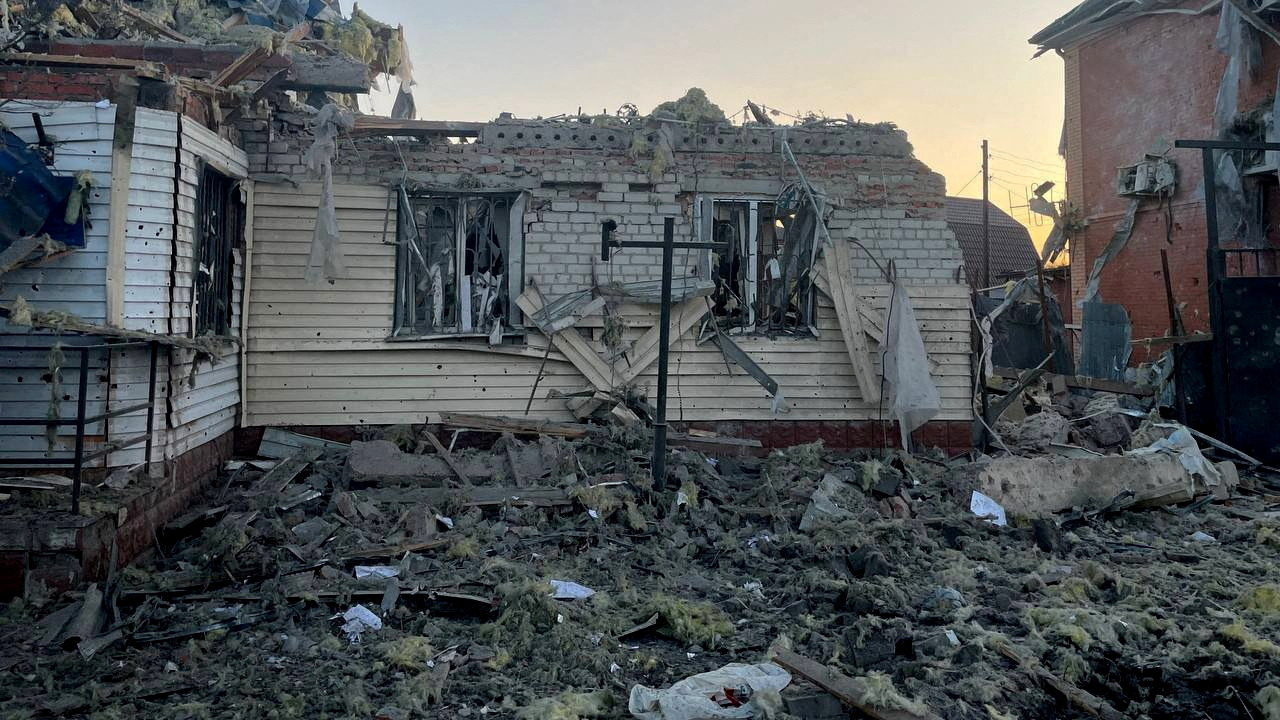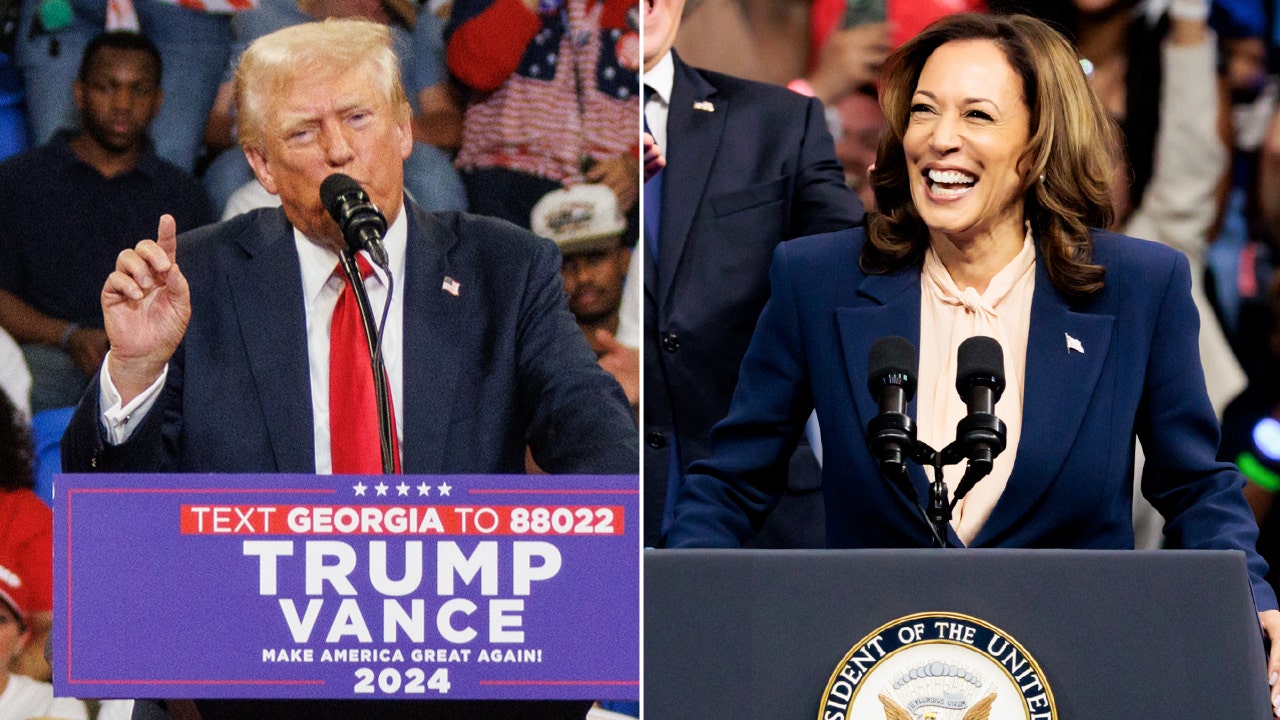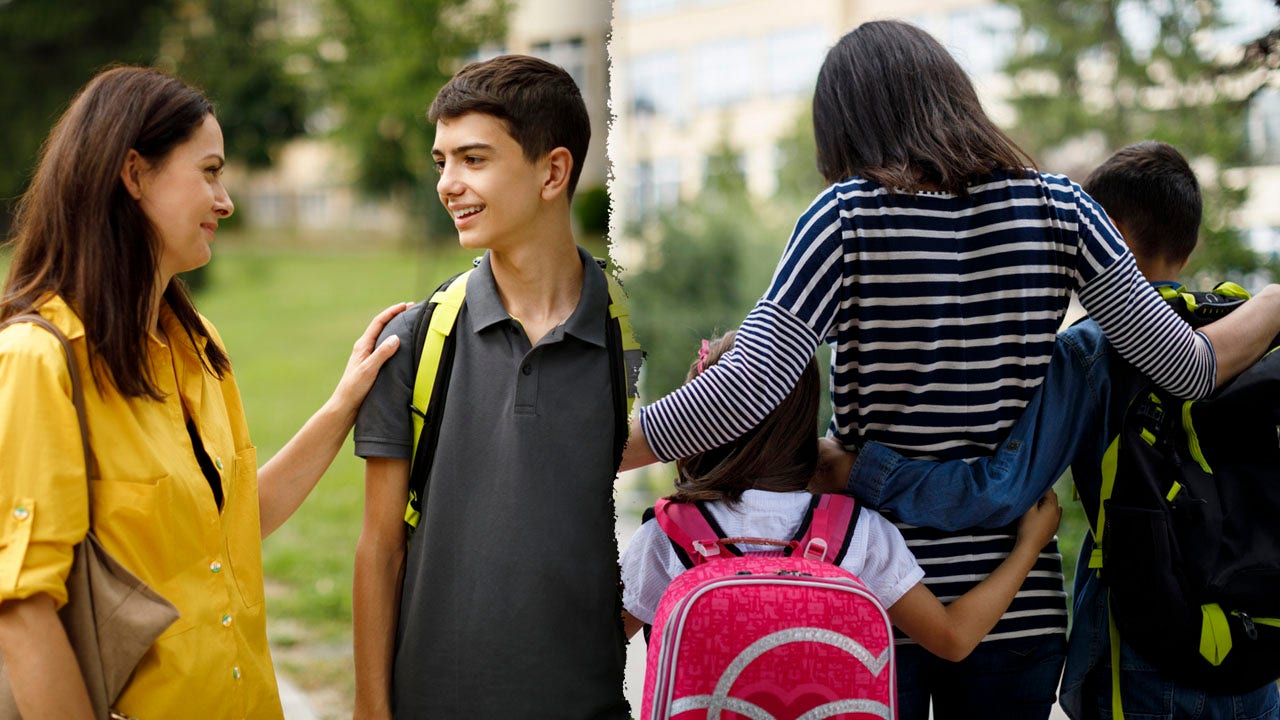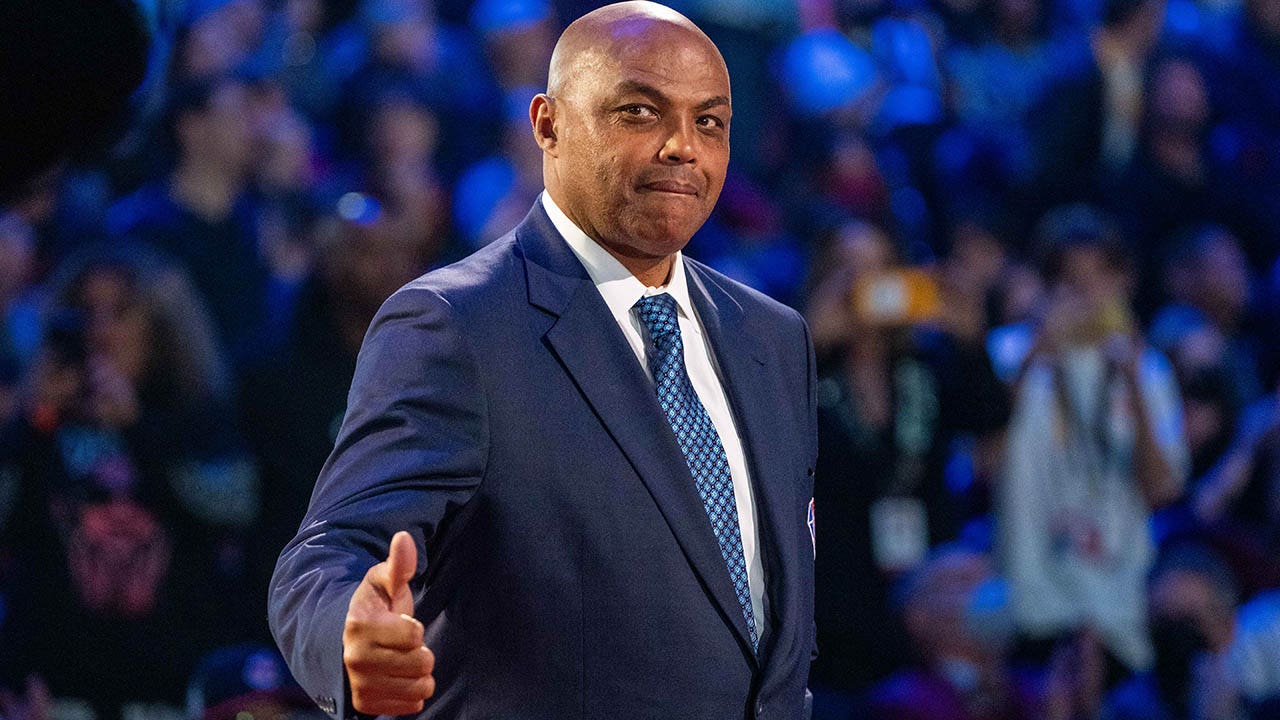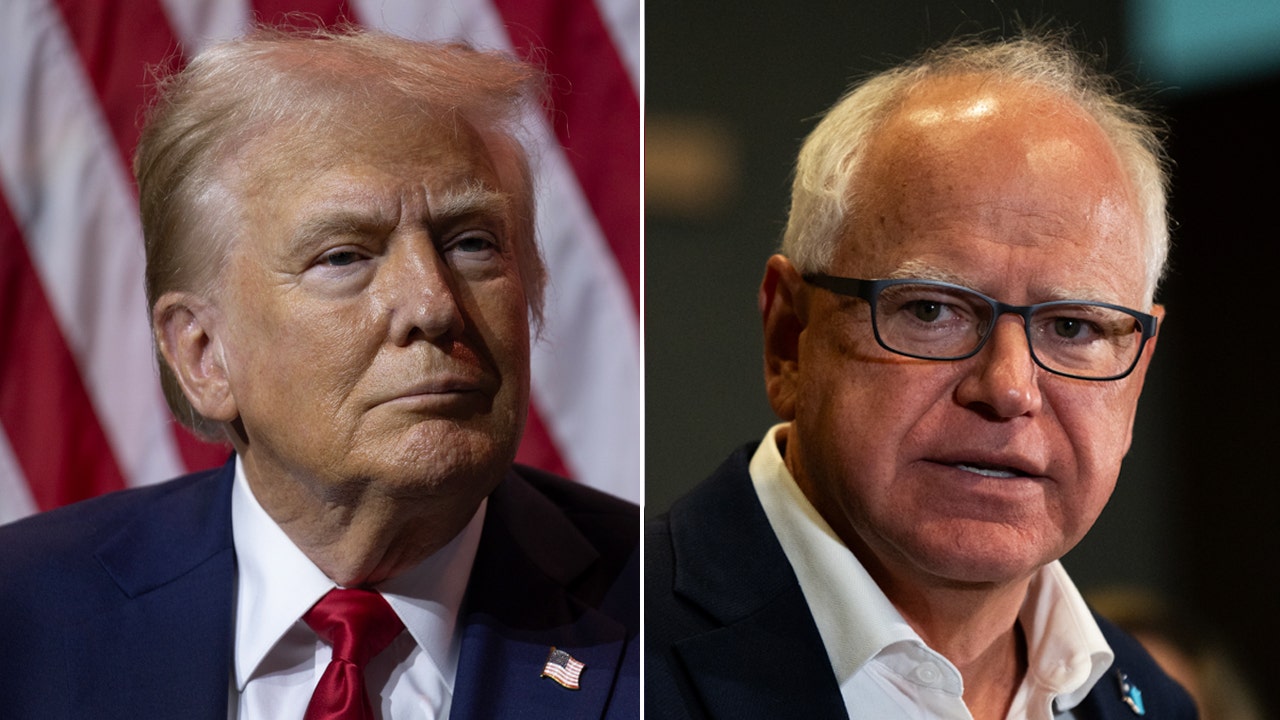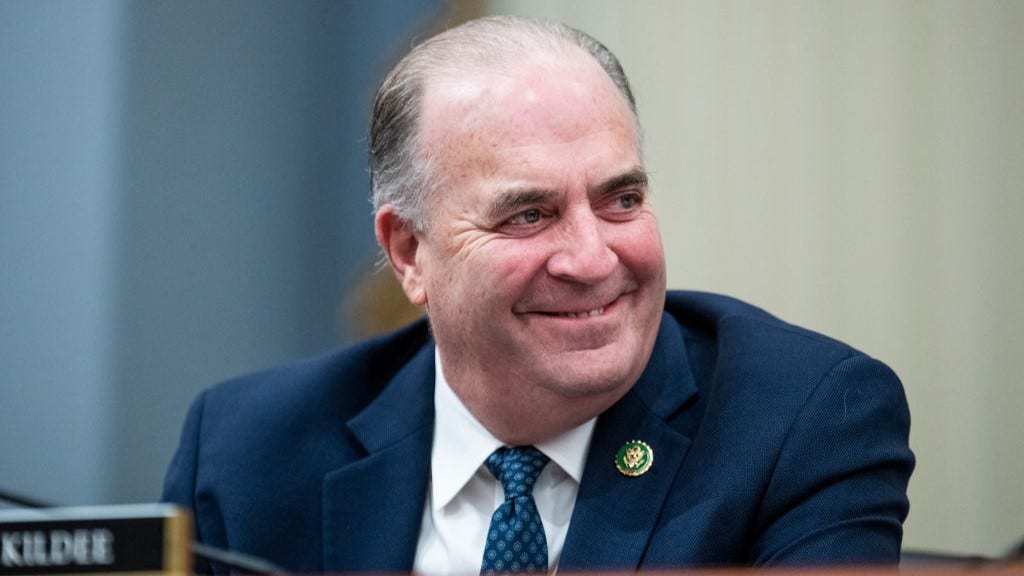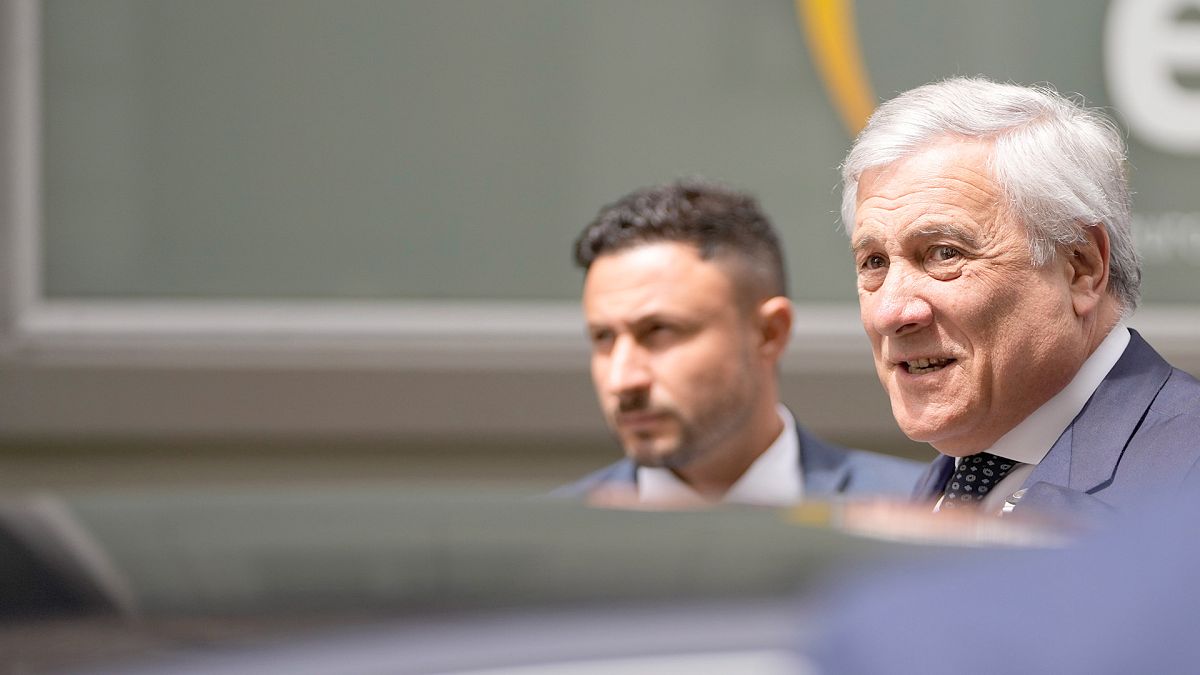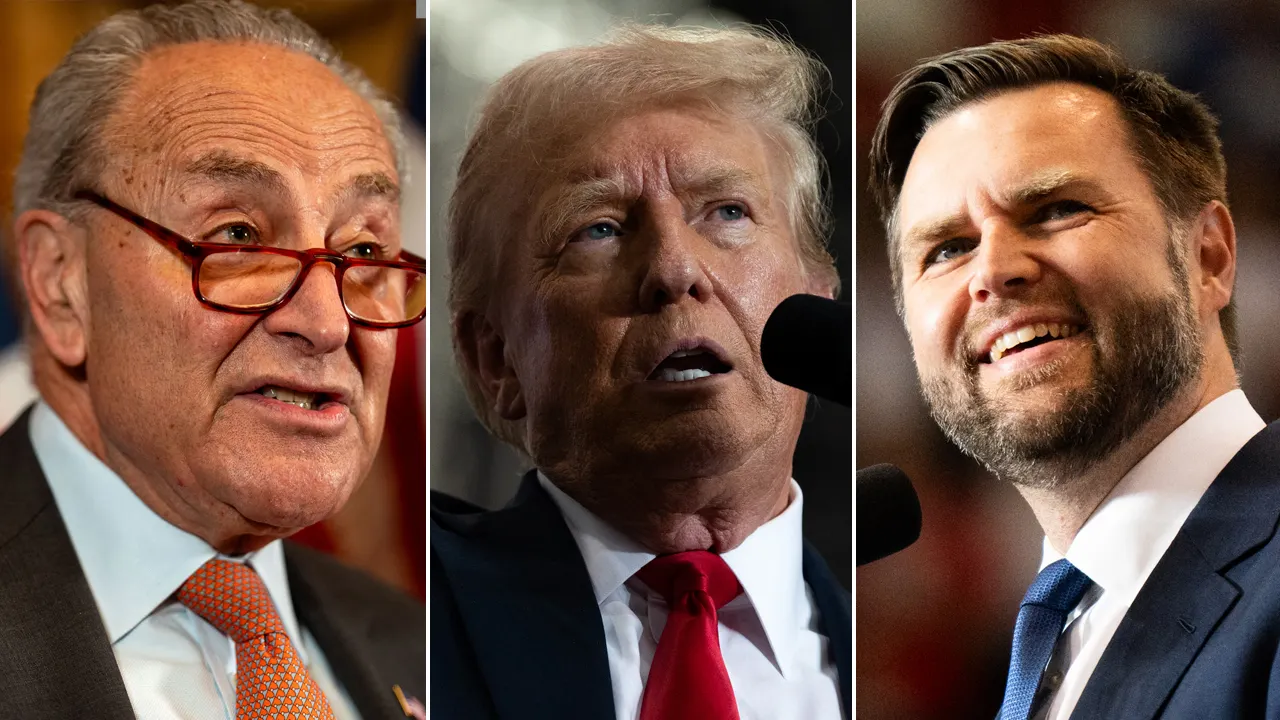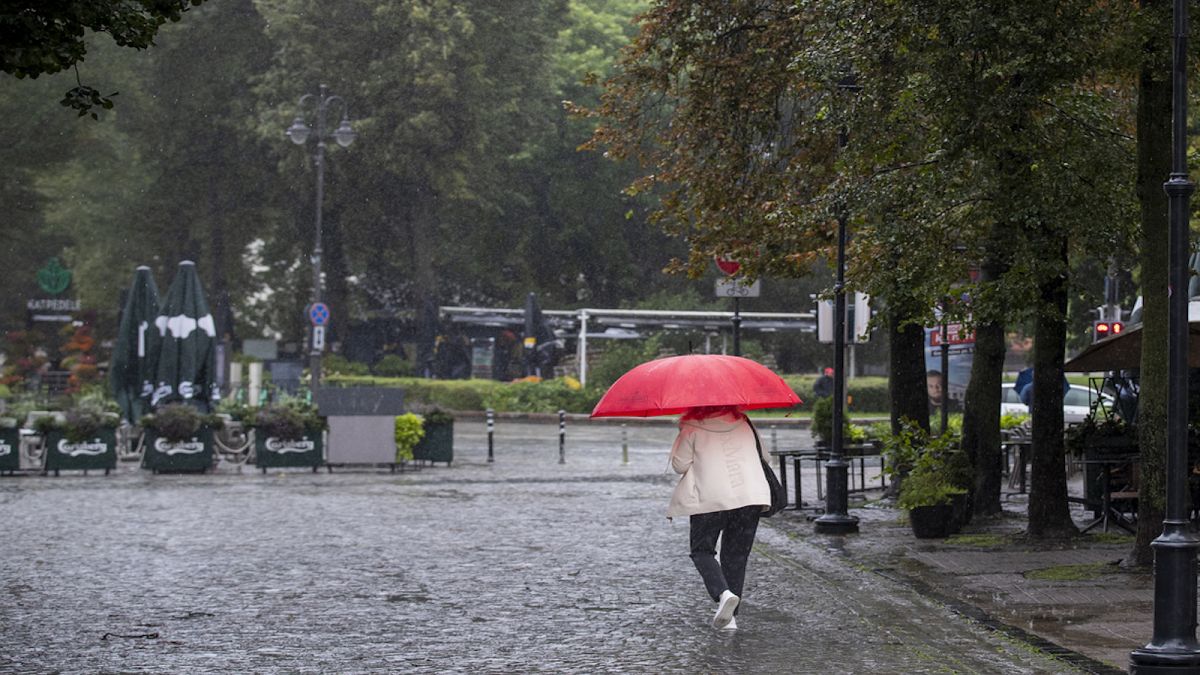Ukraine launched rocket and drone attacks as its forces expanded their operation inside Russia’s Kursk region, on the second day of a bold incursion that has forced Moscow to redeploy troops from the Ukrainian front.
Vladimir Putin said the attack, one of the largest since the Russian president launched his full-scale invasion of Ukraine in 2022, was a “major provocation”. On Wednesday he accused Kyiv’s forces of “firing indiscriminately” at civilian targets with missiles.
Russian authorities reported 28 residents had been wounded and at least five killed, according to the Tass news agency. Kyiv has not commented on the operation.
The attack comes at a critical moment for Ukraine, which is steadily losing territory to Russia’s larger army, still struggling to replenish and motivate its battered forces and faces a potential collapse in US support if Donald Trump secures a second term as president in November.
Ukrainian units launched the surprise operation on Tuesday morning. Heavy battles continued through the night and on Wednesday.
Kyiv’s forces have since taken control of a handful of villages, shot down aircraft and destroyed military vehicles, according to Russia’s defence ministry. Pro-Kremlin military bloggers, eyewitnesses and videos and photos reviewed by the Financial Times corroborated the reports.
Ukraine has launched cross-border raids into Russia before, using Russian citizens fighting for Kyiv in units operating under the command of Kyiv’s military intelligence directorate, the GUR. But this incursion appears to be more significant in terms of the forces deployed.
“Compared to previous cross-border operations, this one is notable in that it appears to involve Ukrainian conventional forces and not just from GUR,” said Rob Lee, a senior fellow in the Foreign Policy Research Institute’s Eurasia programme.
Alexei Smirnov, the region’s acting governor, claimed the situation was “under control” and authorities were evacuating residents from border areas coming under artillery fire.
Smirnov said an unspecified number of civilians had died during the fighting, as well as others who were injured.
Putin said he had ordered officials to organise further aid to local residents and promised to give further orders after meeting with his security cabinet on Wednesday.
Russia’s defence ministry said it had prevented Ukrainian forces from advancing deeper through a series of air strikes and troop deployments at the border.


According to authorities in Ukraine’s Sumy region bordering Kursk, Russian forces had retaliated with aerial attacks on Wednesday. Air defences had downed “a ballistic missile, two UAVs, and one helicopter” over the Sumy region, they said.
Moscow claimed to have destroyed 50 armoured vehicles and killed 260 Ukrainian troops. Kyiv did not comment on its alleged casualties.
Ukrainian troops also took hold of a gas transit station at Sudzha on one of the few remaining pipelines supplying Russian gas to Europe, according to Rybar, a news outlet close to the Russian defence ministry.
Pro-Kremlin accounts on Telegram posted video and drone footage of Sudzha that showed the town had all but been destroyed in the fighting. Sudzha’s mayor told state newswire RIA Novosti that the situation there was “very tense” as locals tried to evacuate.
A Ukrainian official involved in the Kursk operation told the FT that special forces from the security service of Ukraine, the SBU, had “shot down a Russian helicopter using a [first-person view] drone” in what it called a “unique special operation in the history of war”.
A video provided to the FT shows the SBU drone striking the rear propeller of the Russian Mi-28 helicopter as the screen turns black. It is unclear whether the helicopter crashes after the strike.
Separately, Deep State, a Ukrainian analytical group with ties to the defence ministry, said a Russian Ka-52 helicopter involved in the fight had been shot down in Kursk region and shared a photo of it in flames.
One video published by Ukrainian Telegram channels close to the military claimed to show Russian prisoners taken during the operation being marched through a field. Another purported to show interrogations with the captured men.
Some analysts believe Kyiv’s main objective may be to try to force Russia to redeploy forces from eastern Ukraine, where it has made significant gains in recent weeks.
Mick Ryan, a retired Australian army major general who is now a senior fellow for Military Studies at the Lowy Institute in Sydney, said another potential motive is political.
“The government of Ukraine want to shift momentum and the strategic narrative, and have directed such an operation,” he said.
The Ukrainian territory captured by Russian troops since early May is nearly double that which Ukraine’s military liberated a year ago, according to research by Pasi Paroinen of the Black Bird Group, an open-source military research group based in Finland.
Mykhailo Zhirokhov, a Ukrainian military analyst, told Kyiv’s Radio NV on Wednesday that the operation in Kursk appears to have forced some Russian units positioned near the Donetsk region city of Siversk to reinforce units to the north.
But other analysts questioned the effectiveness of the Kursk operation at a time when Ukraine’s army is already struggling to defend a frontline that stretches more than 1,000km with limited human and materiel resources.
“Given defensive pressures elsewhere . . . the strategic rationale for this operation at this time is difficult to fathom,” said Ryan, the retired Australian army major general.
Lee of the Foreign Policy Research Institute said it was unlikely that Ukraine’s brazen incursion would have a significant impact on the course of the war.
“A limited operation might be able to achieve limited goals, but a more ambitious operation carries greater risks.”

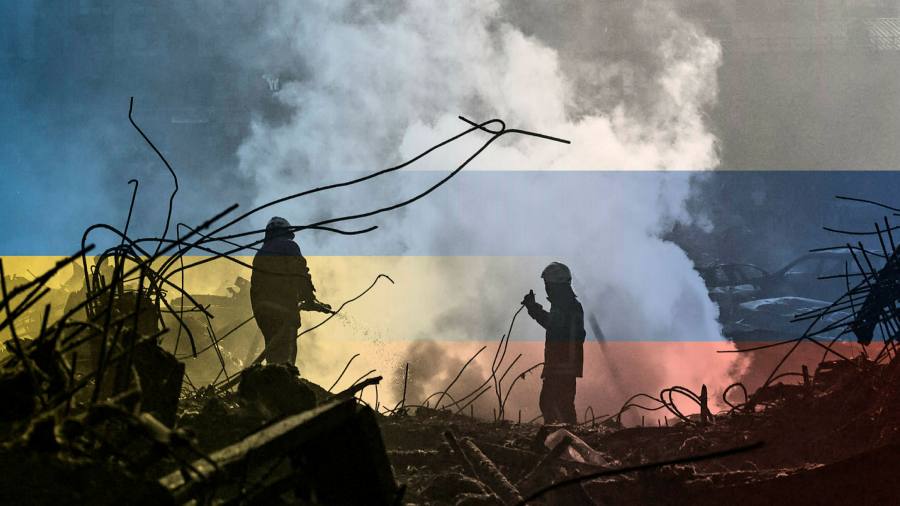
/cdn.vox-cdn.com/uploads/chorus_asset/file/25563096/Roku_Sports_Channel.jpg)
